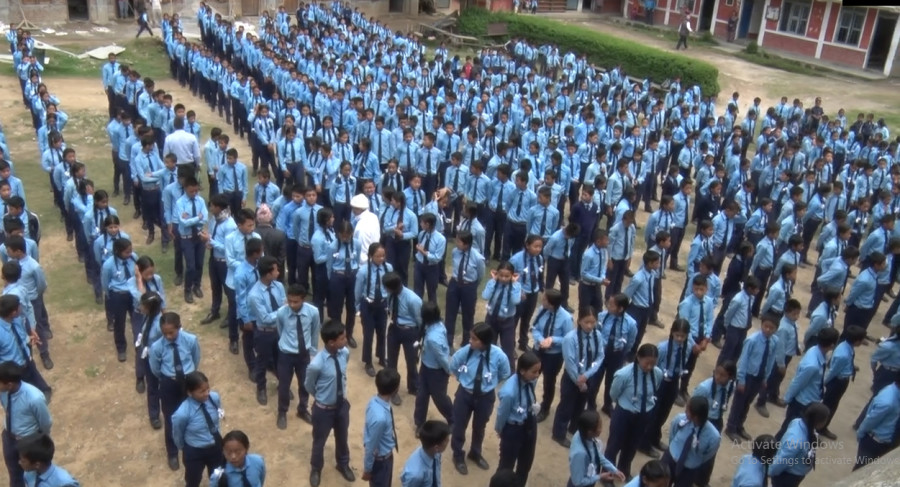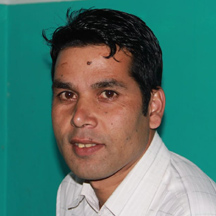Koshi Province
Taplejung’s model-oriented schools in dire straits due to high number of students, fewer teachers and lack of infrastructure
According to school principals, the government has been declaring several schools in the district as ‘model-oriented’ but has made little contribution.
Ananda Gautam
There are 73 students in grade 10 of Taplejung’s Bhanujan Secondary, all crammed in a single classroom. Given that a class runs for only 40 minutes, the teachers can’t address the questions raised by students, according to Rajmani Pyakurel, a secondary-level Nepali teacher.
“This is a worrying state for students who are appearing in SEE in two months,” Pyakurel said.
Despite the high number of students, the school hasn’t divided the classes into sections for lack of enough classrooms. “There are many students who don’t do their homework regularly, but there’s nothing we can do.”
The nearby Sinam Secondary is in an even worse condition. Here, up to 93 students are crammed in a single classroom. Both Bhanujan and Sinam are institutions that are model school-oriented, a tag meaning they will soon be declared model schools by the government.
But these schools are riddled with plenty of problems—including lack of infrastructure and teachers and a high number of students, according to Mahendra Prakash Gautam, principal of Sinam, who is also the district chair of Nepal Teachers’ Confederation. According to Gautam, Sinam has a total of 1,013 students, while Bhanujan has about 1,100. In another model-oriented school Hangpang, there are 486 students.
“Sometimes, the teachers of lower-secondary level have to handle secondary-level students,” said Lakshmi Prasad Pokhrel, principal of Hangpang. For 486 students in Hangpang, there are only 22 teachers, according to Pokhrel. Sinam has 41 teachers while Bhanujan has 53.
Moreover, the lessons in these schools frequently get interrupted because of various functions held by organisations. In December, the district branch of Nepal Red Cross Society held a programme at the Hangpang School’s premises. The classes for that day were cancelled. Three days later, qualification matches for the municipality-level volleyball and football competitions took place in the school’s playground. Even though the classes were not called off, the students complained of disturbance. In Bhanujan, a district-level women’s football tournament is taking place for four days next week. Programmes like these are frequent in these schools, said Pokhrel.
The government has been declaring several schools in the district as ‘model-oriented’ but has made little contribution, which the principals say won’t be sufficient.
“To be a model school, we need to upgrade our infrastructure and hire more teachers, which is not possible with the funds the government currently provides,” said Pokhrel, adding that the government provides Rs15million to each model-oriented school.
According to the Model School Development and Operation Directive, a model school should have one teacher for every 30 students. If the number of students exceeds 45, there should be different sections. In a model school, there should be a proper science lab, child-friendly and disabled-friendly infrastructure, at least 40 units of computer and a hostel facility of 200 students. Moreover, the school should have at least 10 ropanis of land. Gautam said that his school has a long way to go to become a model school and won’t be able to achieve that status with the existing funds.
For a school to be declared ‘model’, the local unit should refer it to the Federal Ministry of Education. Local units in Taplejung have referred several schools to the ministry, but have done little else, the principals said.
“The local units have paid no attention to upgrade the schools apart from writing a reference letter,” Pokhrel said. “Instead, the locals are considering making contributions to the schools, but we don’t know yet how viable that would be.”




 18.12°C Kathmandu
18.12°C Kathmandu












